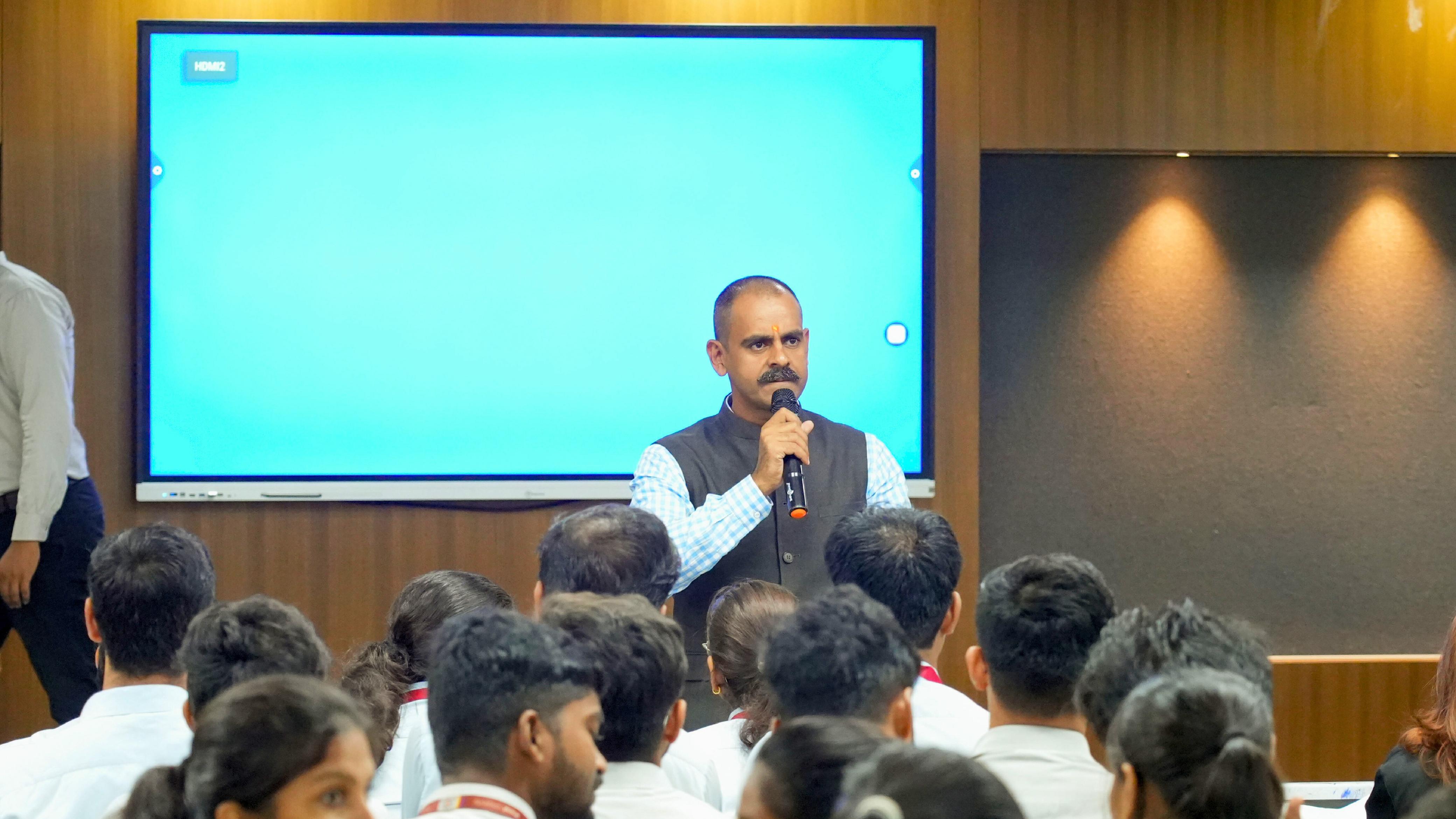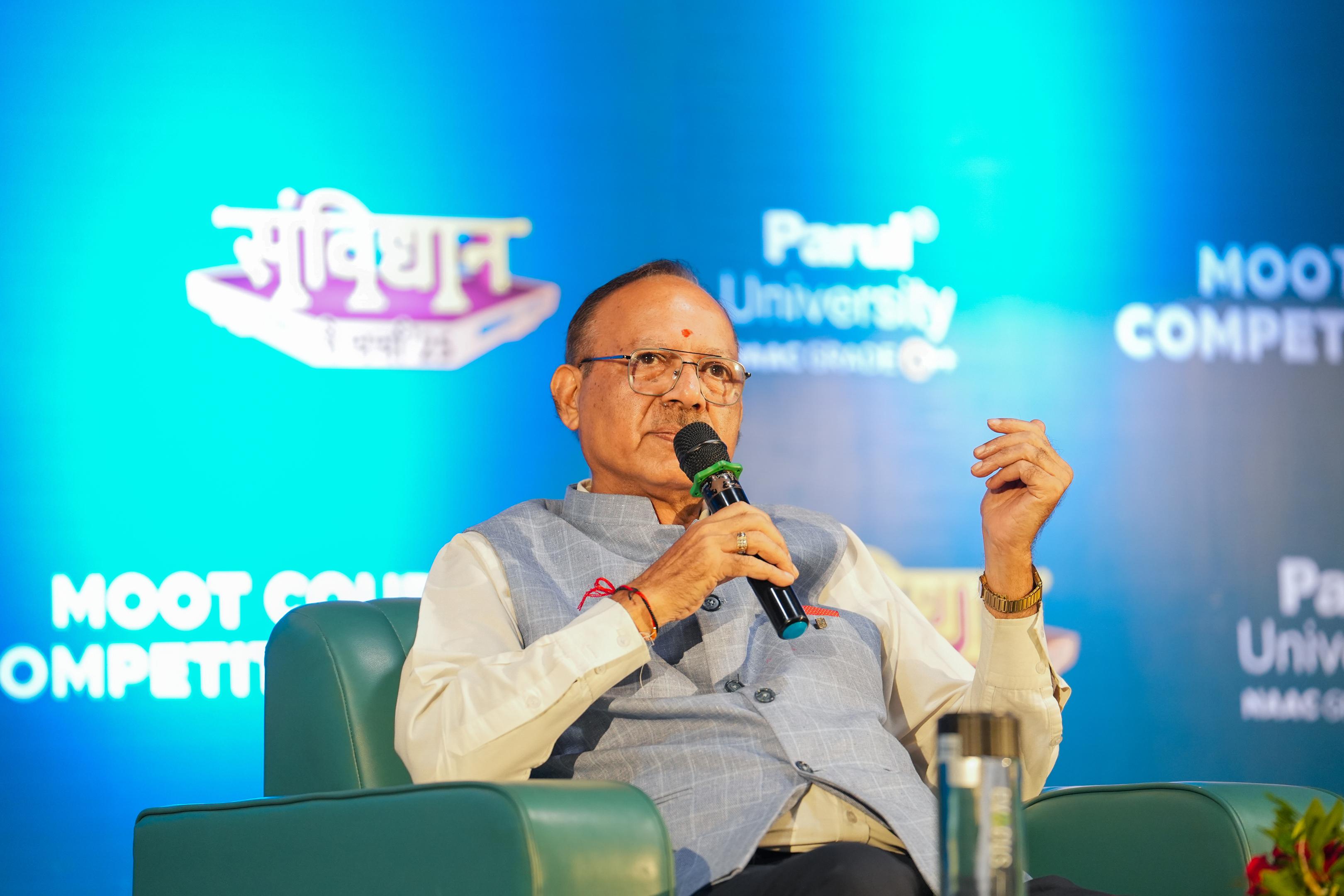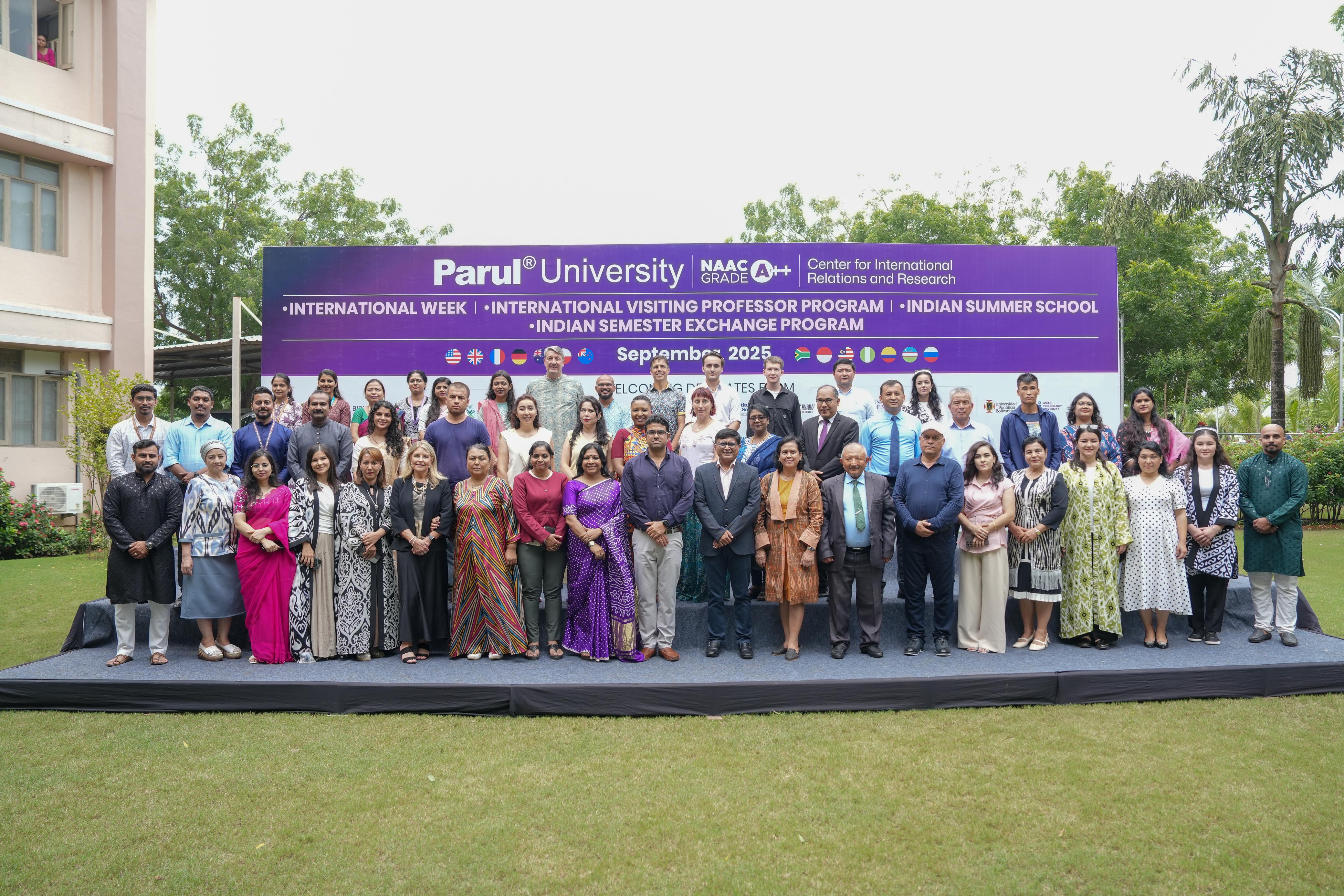Architecture isn't merely bricks and beams, it's people, culture, and how spaces influence life day in and day out. For Parul University's architecture students, Goa provided the ultimate living classroom for them to witness this phenomenon.
The experience at Nisha's Play School and Shiksha Niketan brought design ideas to life, not just into speech from a classroom. Each corridor and courtyard became part of a larger discussion about how learning spaces are produced.
Designing with a Sense of Purpose
The workshop with Ar. Gerda De Cunha emphasized that designing schools is not just about appearance, it's about developing spaces which feel alive.Students learned how classrooms are made into spaces that stir curiosity and development.
All of the design choices, from the initial pencil marks to the last paint sample, count. Being present in Goa helped students understand how nature environments and community needs are integrated into the design process.
Rethinking Time in Design
One of the eye openers was the fact that sustainable design is more time consuming than just normal projects. It is not a delay but a process that makes buildings more friendly to the environment and longer lasting.
Students realized that architecture does not mean hurry up and get over. The end result is worth the journey because sustainable design is a tedious process.
Rethinking Time in Design
Each site is its own language, slopes, trees, and sunlight all have their say in dictating the design. In Goa, students were able to witness the way the land itself can serve as the architect's guide.
This taught them that designs are never alone. Listening to the site is the first step to creating buildings that belong to their surroundings.
Getting Inspired in the Everyday Space.
The other lesson that I learned was that even simple structures can be very meaningful. A school, a play area, or a courtyard might seem a mere ordinary space, yet each of them has design decisions that influence the way people experience them.
Through these little details, the students were able to understand that you can be inspired by something as simple as a landmark. The most important lesson of human-centered design sometimes lies in the ordinary space.
Relatable and Fun
What was special about this session was how interactive it felt. Rather than a monologue lecture, students were able to share ideas, pose questions, and immerse themselves in actual discussions.
The mood was casual, conversational, and jovial, students left with the session being an awesome experience that made learning worthwhile.
Beyond Goa: Learning Without Boundaries
The Goa tour was but one slice of what learning can be like at Parul University. Students leave classrooms frequently in order to discover new areas and experience.
Learning can be in the form of writer tours in Mumbai and robotics tours in Chennai, leadership tours in Delhi, Mumbai and Bangalore, biopharma tours in Hyderabad and much more.
Rethinking Time in Design
They are not trips, these are where knowledge is put to the test in real life. Each trip provides the students with an opportunity to observe, feel, and experience what their subjects entail outside of theory.
Be it in strolling in heritage places in Goa or going through the design industry in Mumbai, all tours become learning experiences that should not be forgotten.

.jpg)

.jpg)

.jpg)


